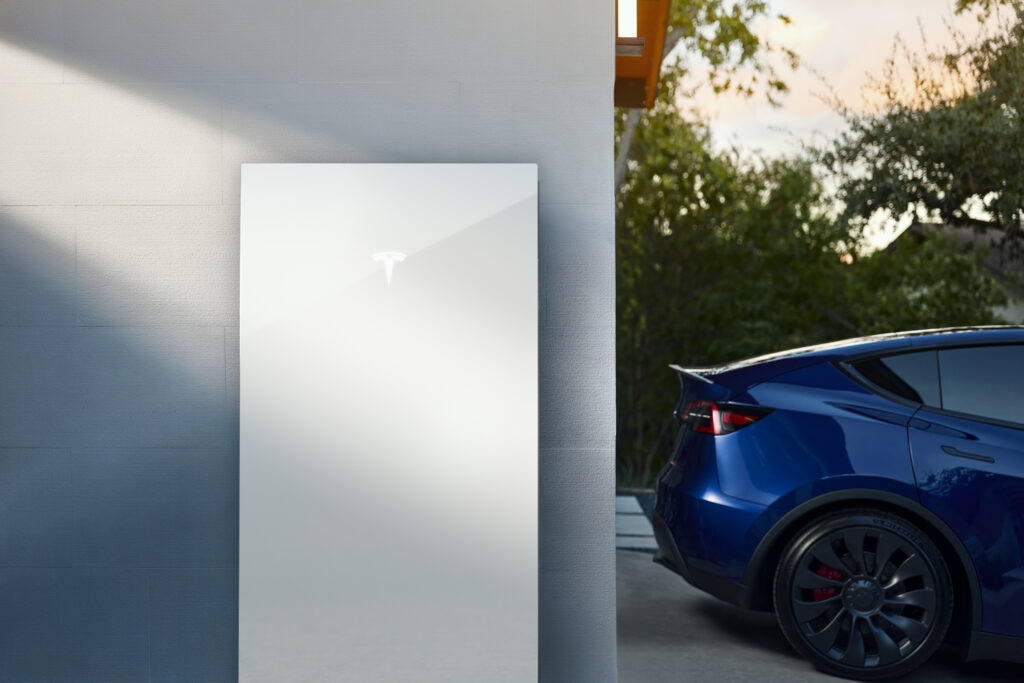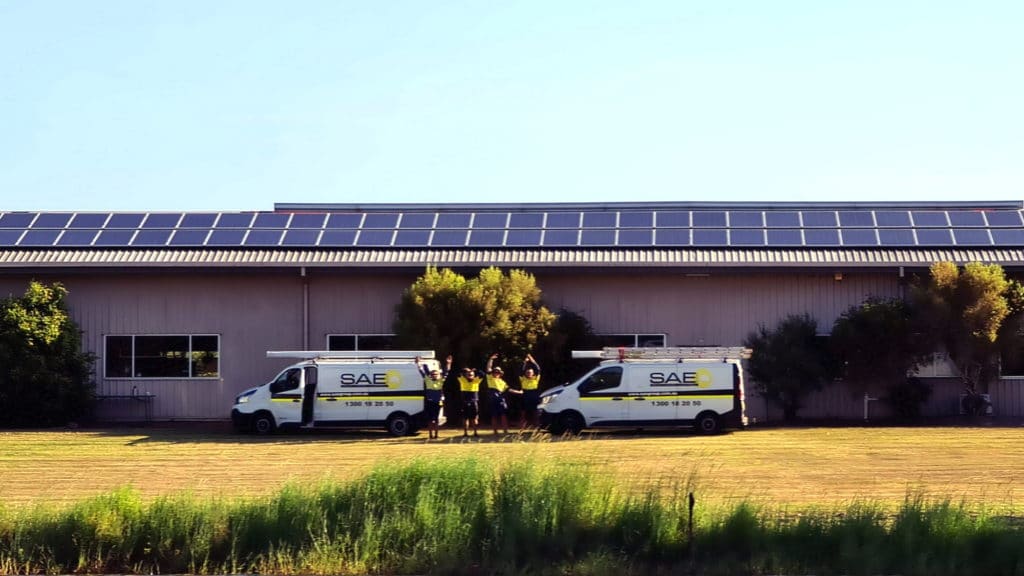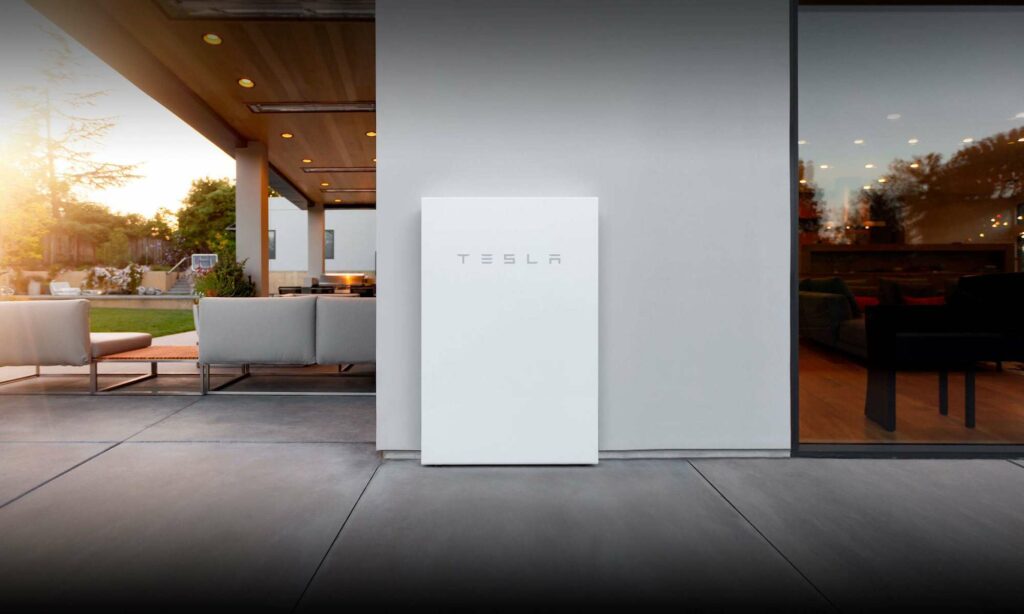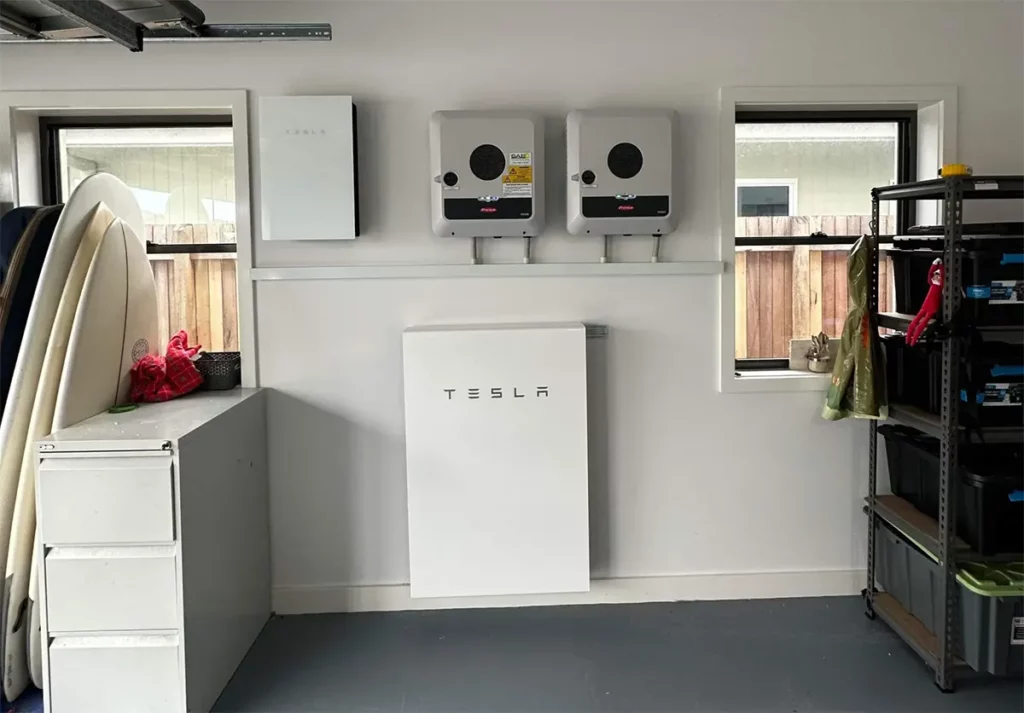What Exactly is Combined Energy Storage?
Home » What Exactly is Combined Energy Storage?
Can you afford not to have energy storage?
 The Australian Energy Sector is at a crossroads and leads to the question of how viable is energy storage? Can you afford NOT to have it? With an almost State-wide energy blackout recently in South Australia, coal-fired energy plants being closed around the country and solar feed-in tariffs coming to an end where does that leave you the energy user?
The Australian Energy Sector is at a crossroads and leads to the question of how viable is energy storage? Can you afford NOT to have it? With an almost State-wide energy blackout recently in South Australia, coal-fired energy plants being closed around the country and solar feed-in tariffs coming to an end where does that leave you the energy user?
US analysis firm GTM Research published the latest report highlighting the huge potential in Australia for energy storage, purely based on the success of our Solar PV industry. ‘The Australian energy storage market: Downstream drivers and opportunities’, authored by GTM’s Brett Simon, predicts that by 2020, Australia will be installing 244MW of solar energy storage capacity on a yearly basis.
GTM Research’s Brett Simon, who recently authored a report on the Australian market, said that as a relatively new technology in the eyes of a majority of potential customers, there still needed to be more effort made by the industry as a whole to ensure “clarity”.
“Customer education is a key area in the storage space right now, particularly as residential energy storage is an emerging market. Clarity is important when companies announce pricing, specifically, what the price entails: retail versus wholesale, whether power electronics are included, whether solar panels are included, and so on. Customer education is also key for showing how the system can provide benefits to the end customer. Certainly, this is an area that will improve as energy storage systems become more common.”
The point of all this is increasing sustainable energy, through combined energy storage. The goal not just as a country but as individual households should be to achieve a sustainable energy economy. As an added bonus, the faster we achieve energy sustainability, the better.
As the country moves towards sustainable energy, battery storage is becoming increasingly affordable for the average consumer. With solar panels now generating power on roughly 1.5 million Australian rooftops, energy storage can be a great option to not only manage your own power supply but to also use during those peak billing times.
What are the benefits of energy storage with batteries?
Large batteries or multiple batteries joined together in battery banks can store the energy produced by solar panels. The household can then use that stored energy at a later time, or sell it back to the electrical grid. For home owners, there are three main benefits of storing energy:
- maximise energy savings (by being able to store the solar energy and thus use it more effectively)
- offset consumer feed-in tariffs (by being able to avoid using the grid at peak times when electricity is more expensive)
- provide continuity of supply (if the site has unreliable grid supply).
Elon Musk (the developer of Tesla) envisions that the energy storage battery would help move in this sustainable direction by “empowering the individual as their own utility or electrical company”.
Is battery storage safe?
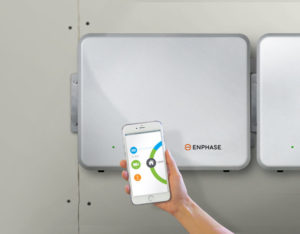 Battery storage is perfectly safe if it is used properly and is well looked after. However, it is important to be aware of the risks so they can be properly managed. Safety aspects of battery storage to consider include:
Battery storage is perfectly safe if it is used properly and is well looked after. However, it is important to be aware of the risks so they can be properly managed. Safety aspects of battery storage to consider include:
- general hazards of electrical wiring (as are already present in your premises)
- chemical and fire or explosion hazards (these are similar to the hazards associated with bottled gas or a natural gas service)
- possible escape of nonflammable gases when charging or discharging lithium batteries (which may cause risks of inhaling noxious gas that are similar to those of a natural gas leak if there is no ventilation)
- production of chemical leakages (similar to those from the corrosive fluid of a car battery or household chemical cleaning products).
This is why choosing the right type of battery and installation is essential.
What types of battery storage are available, and what is the best?
The main options currently available for household energy storage are lead-acid and lithium-ion batteries. Here at SAE Group we recommend the lithium-ion as they have been used for many years in portable devices, such as laptops and mobile phones. Due to falling costs and increased production, they can now be manufactured in larger sizes and are well suited to storing solar power.
It is for this reason, we have partnered with Enphase and now offer a high-performance energy storage solution that offers intelligence and better value, with the industry’s lowest cost of entry and best lifetime value. A major factor in our choice was firstly the cell safety certifications. The Enphase battery storage received the prestigious TUV certification after rigorous testing. Also apart from the safety aspects, it pairs seamlessly with Enphase microinverters and other solar technologies to help you make the most of your energy production and consumption.
With solar feed-in tariffs coming to an end are you ready to start storing your energy? Maybe the idea of being your own energy power station is appealing? Whatever the reason you are looking into storing your solar energy, make sure the final decision offers the safety and return on investment you need for your home.
Need further information or want to install solar or a battery storage system? Click below for one of our Solar Specialists to help you save money.
Click Here For Your FREE Quote

